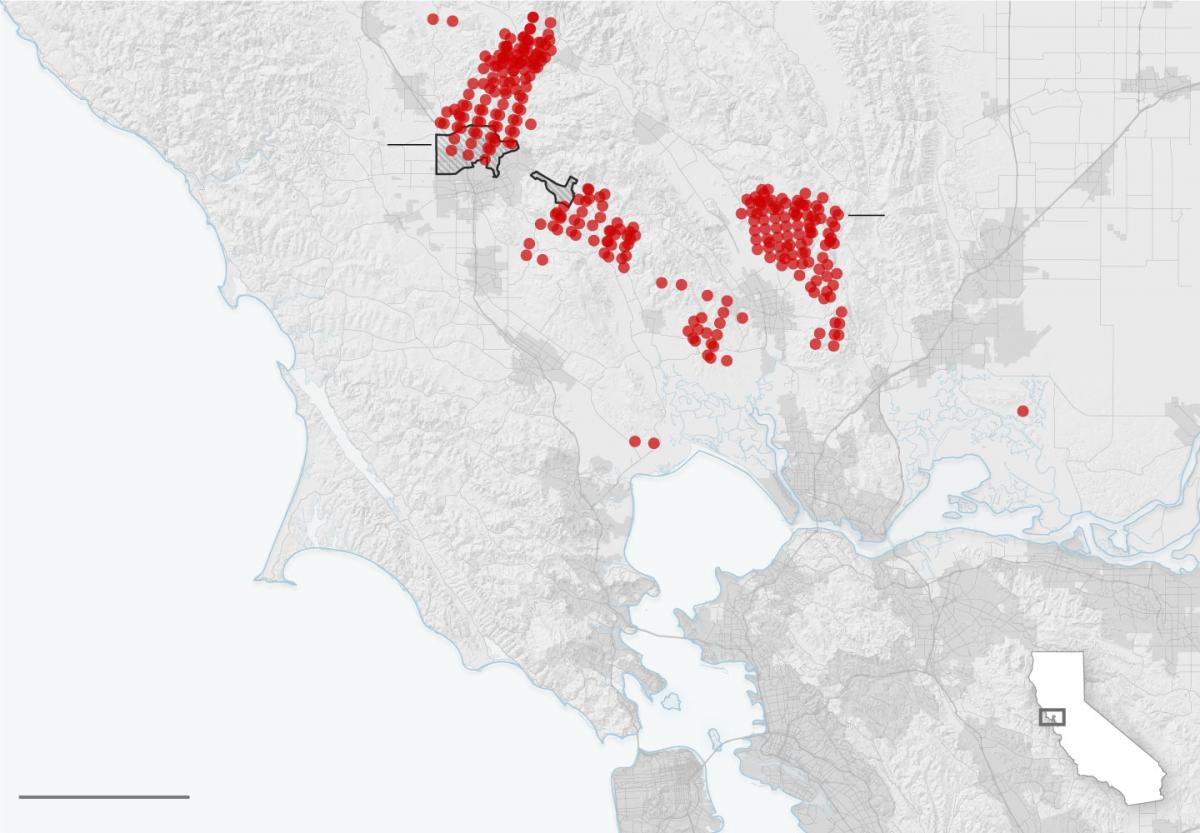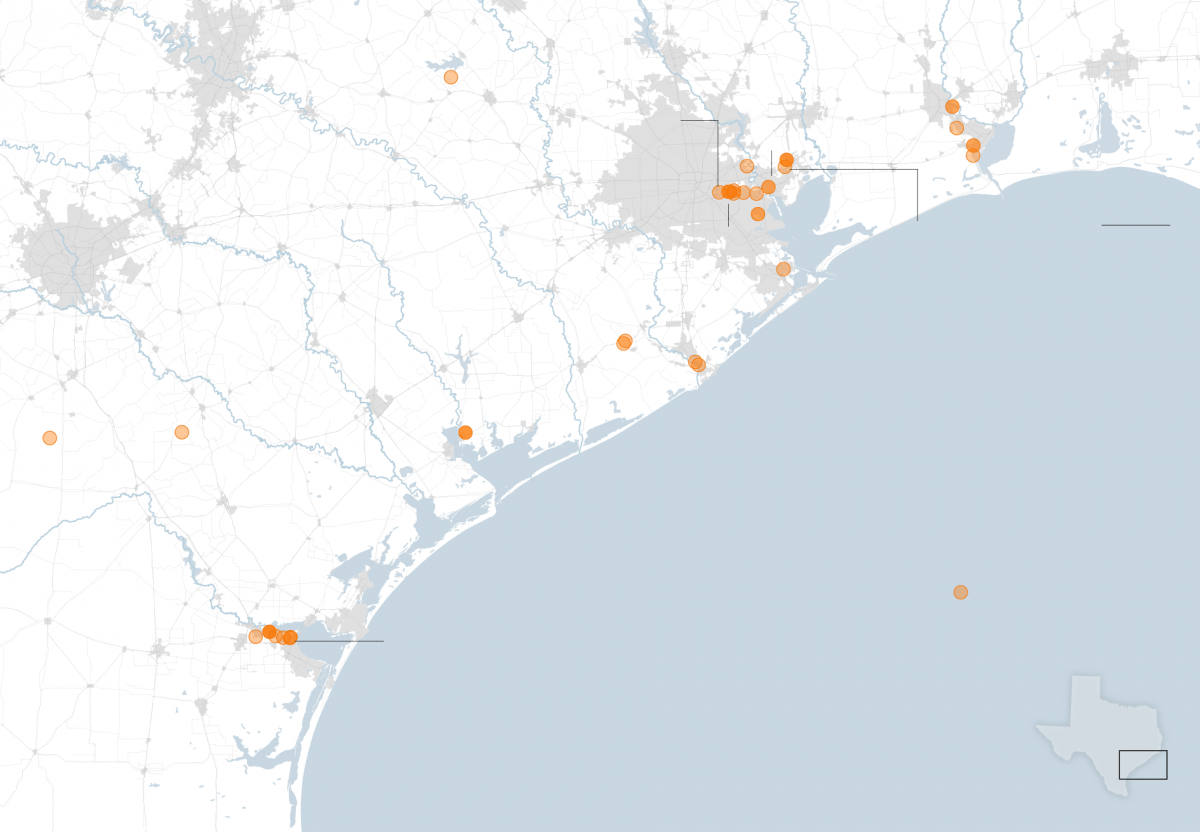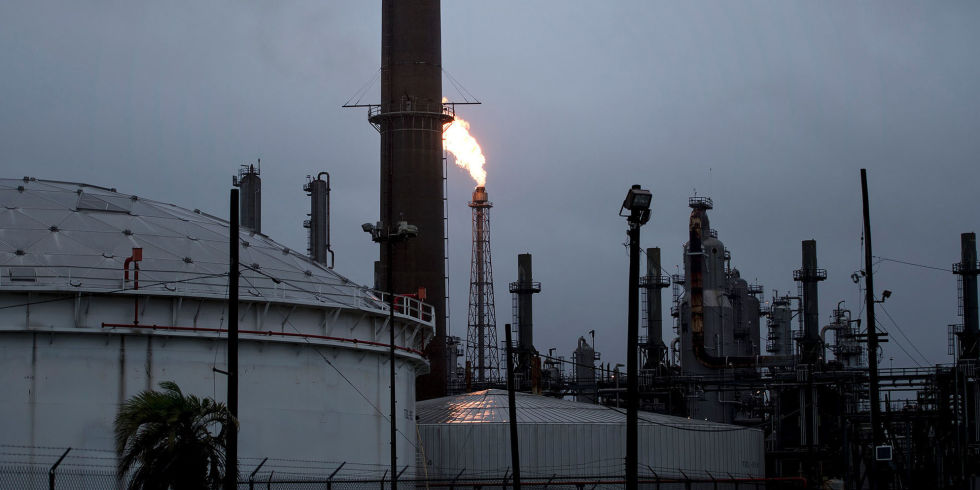How Much Drinking Water Has California Lost to Oil Industry Waste? No One Knows
"California survived its historic drought, in large part by using groundwater. It was a lifeline in the Central Valley, where it was the only source of water for many farmers.







 nola.com - by Mark Schleifstein - July 28, 2017
nola.com - by Mark Schleifstein - July 28, 2017

Recent Comments